Menu
Menu
Home > Printing Services > Binding Options
No matter the number of pages, purpose or budget, Worldwide has a binding solution to keep your printed products safe and secure.
Your local design and print Centre will work with you to recommend the best option for your specifications, including saddle stitching, perfect binding, plastic comb binding, coil binding, wire binding, ring binding, velo binding, thermal binding, tape binding and side sewing.
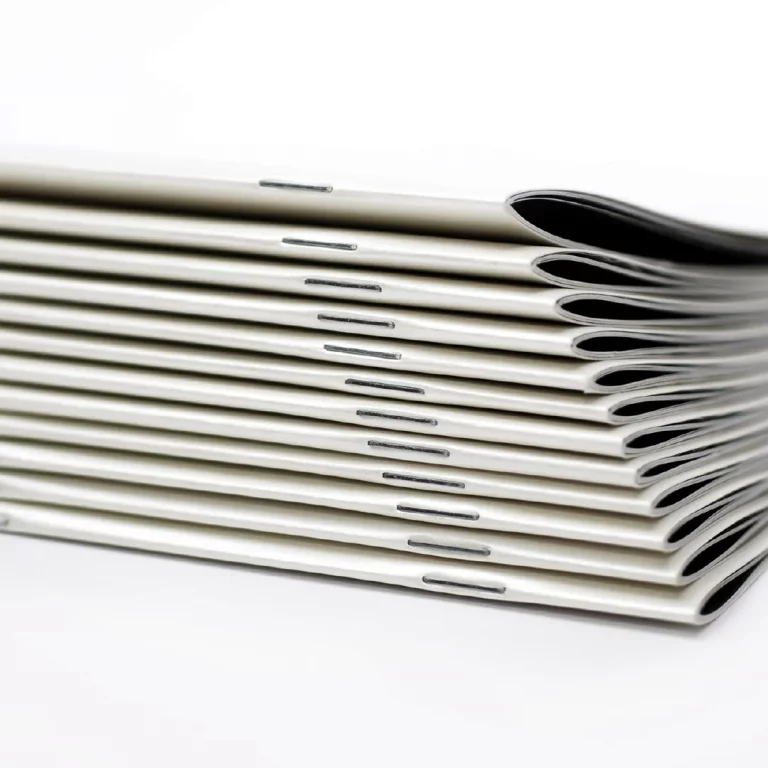
A professional yet cost effective option, saddle stitched books and booklets have been stapled through the folded line of gathered sheets of paper with sturdy wire staples. Depending on the size of the book, two or more staples are passed through and clinched on the central pages.
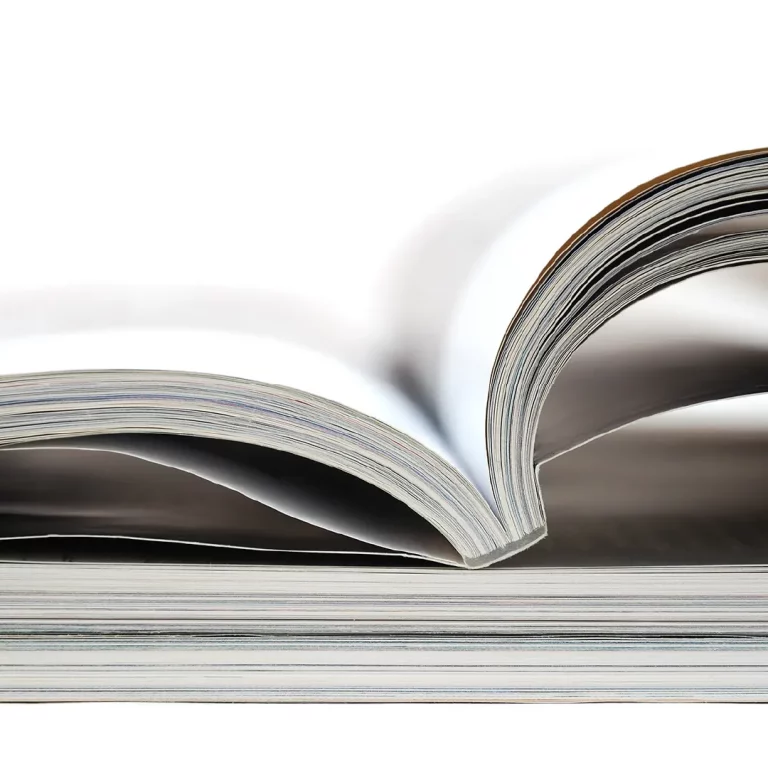
As the names suggests, this binding technique will make sure your printed product looks picture perfect. We use a flexible and robust thermal glue on the spine to marry the cover and pages together, before trimming all the edges of the book. For documents that are page heavy (more than 24 pages), perfect binding is the ideal option.
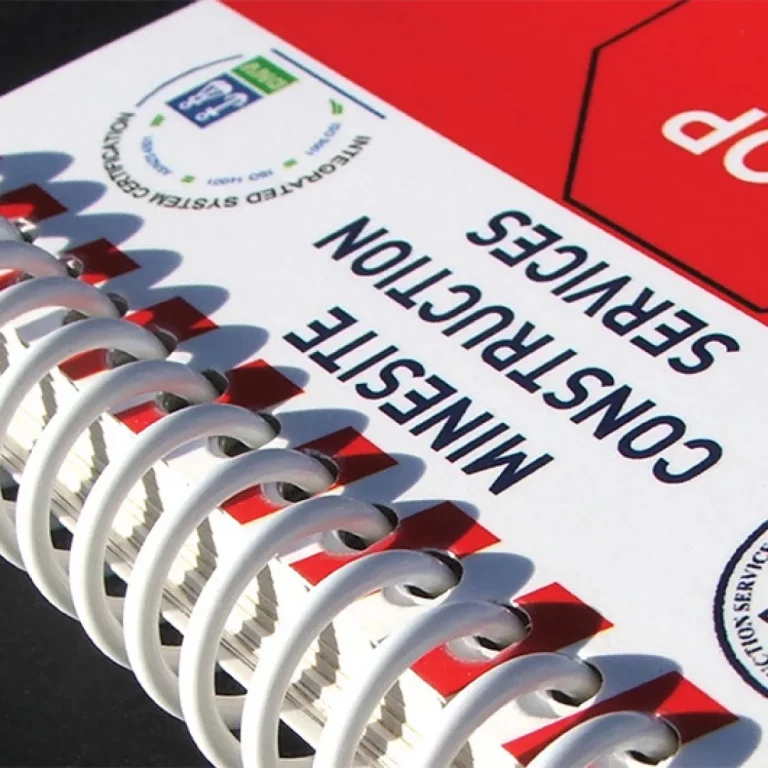
Also known as spiral binding, coil binding is a more robust solution to plastic comb binding. After the printing process, pre-determined holes are made in the document and slipped through C-shaped wire loops. The loops are then crimped and fastened until they’re circular, which keeps document covers and pages secure.
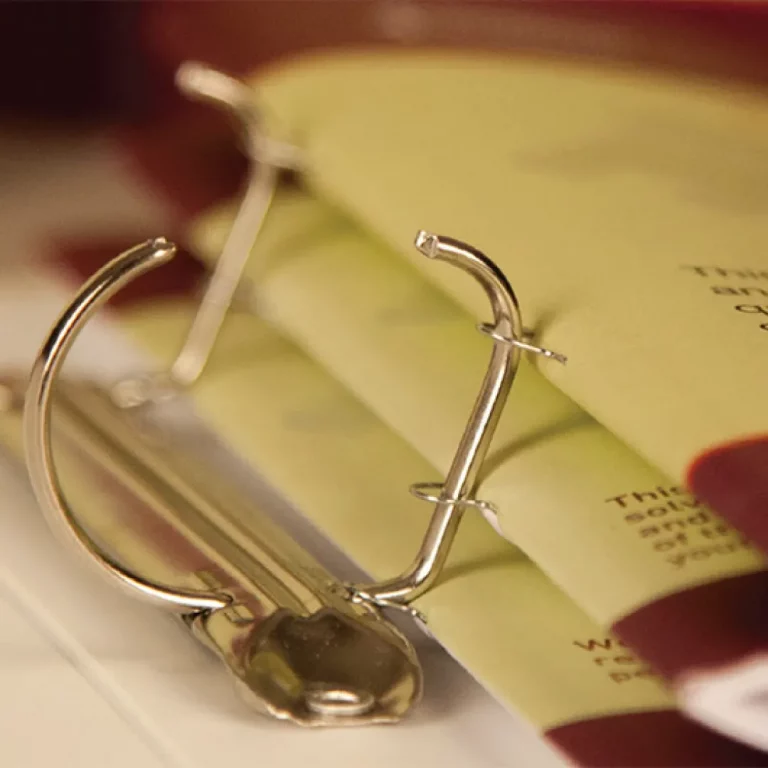
For documents that are subject to change, ring binding is a flexible and cost-effective solution with 2-ring, 3-ring, 4-ring or more options available. Pages and covers can be reprinted and replaced as required, making this binding solution ideal for many businesses.
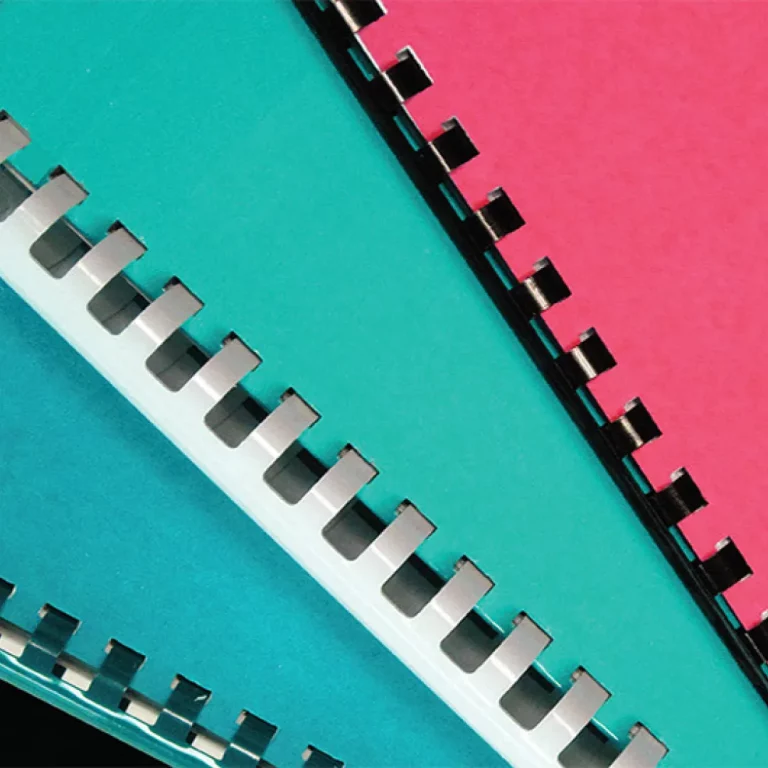
Plastic comb binding is a popular and cost effective binding option. The pages of comb bound books lie flat for easy reading. Comb binds are made up of lightweight plastic and can be used for documents up to 7cm thick.
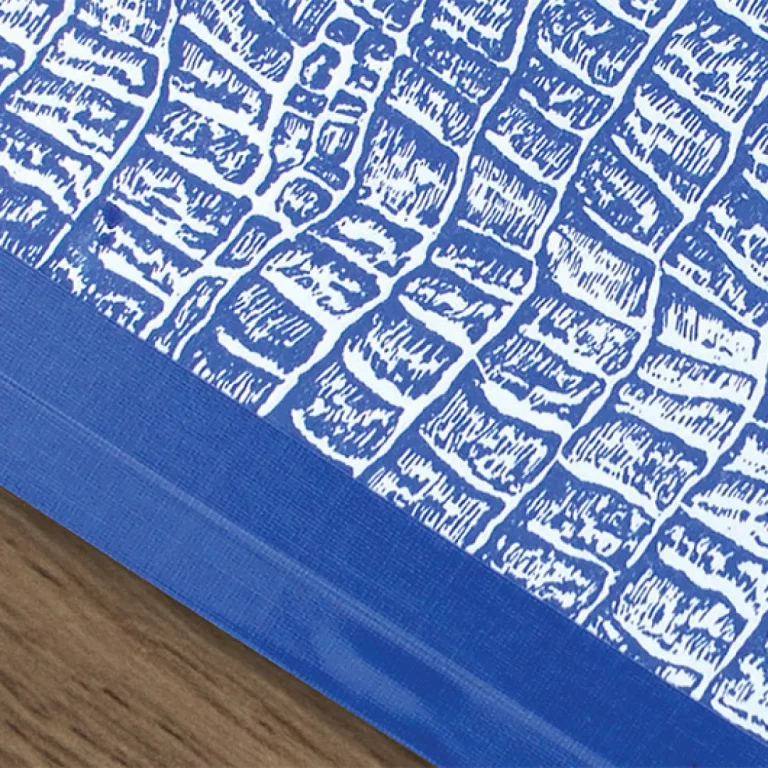
The tape binding method binds documents by wrapping a heat activated binding strip around the pages to secure the pages together. This binding method is used when we produce our No Carbon Required (NCR) books.
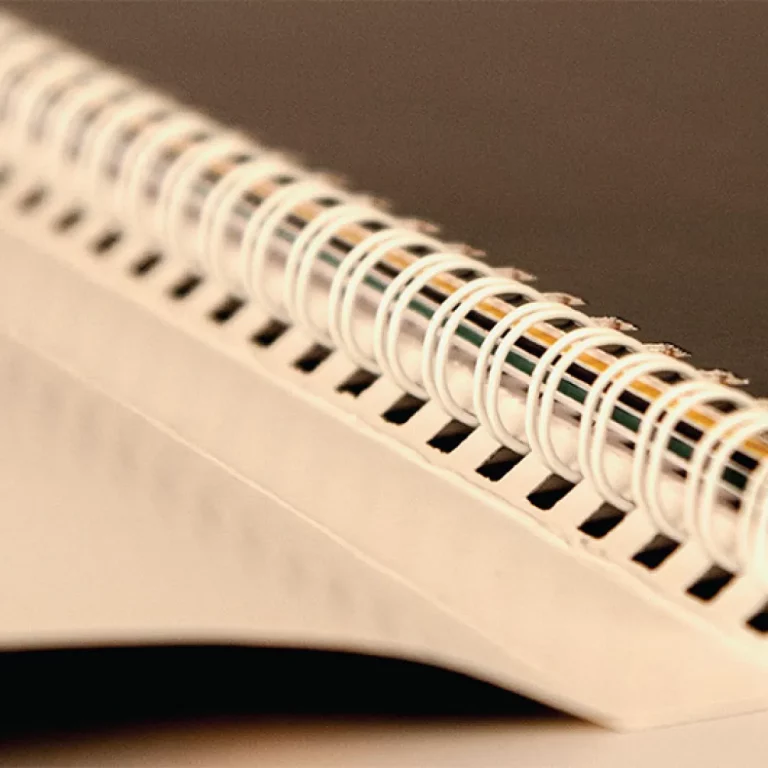
Wire binding is a popular commercial book binding method and allows you to create professional looking documents. With this popular binding method punched pages are inserted onto a C -shaped spine and then a wire closer squeezes the spine until it is round.